| Early Spring Date: | March 1 |
| Late Spring Date: | May 20 |
| Best Dates to See in Spring: | March 25 - April 11 |
Spring: Yellow-bellied Sapsuckers are winter residents in the Washington metro area, and they usually leave in early April to go to their breeding areas in Canada and the northern United States. The best time to see one at Monticello Park is during the last week in March and the first week in April. Occasionally, a straggler will be seen in the park as late as the third week in May.
Fall: Yellow-bellied Sapsuckers begin to arrive at Monticello in late September. Migrants pass through the park during the first 3 weeks in October. After that, you have a chance to see the ones who remain through the winter.
Where to See Them in the Park
Yellow-bellied Sapsuckers typically are seen in the area past the middle of the park on both sides of the stream. They are common, but not always easy to find. Sometimes, multiple sapsuckers are in the park.
Physical Description
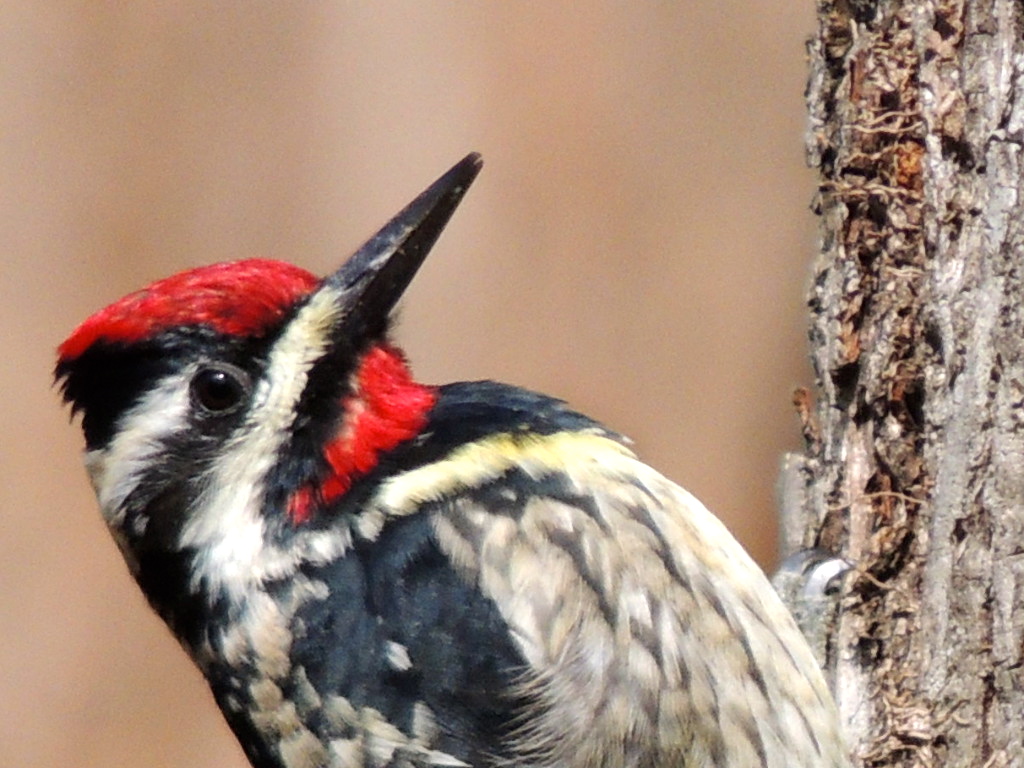
Yellow-bellied Sapsuckers are about the size of a Hairy Woodpecker and have a lemon-colored wash on their underparts. The chisel-like bill looks as if it is made of iron.
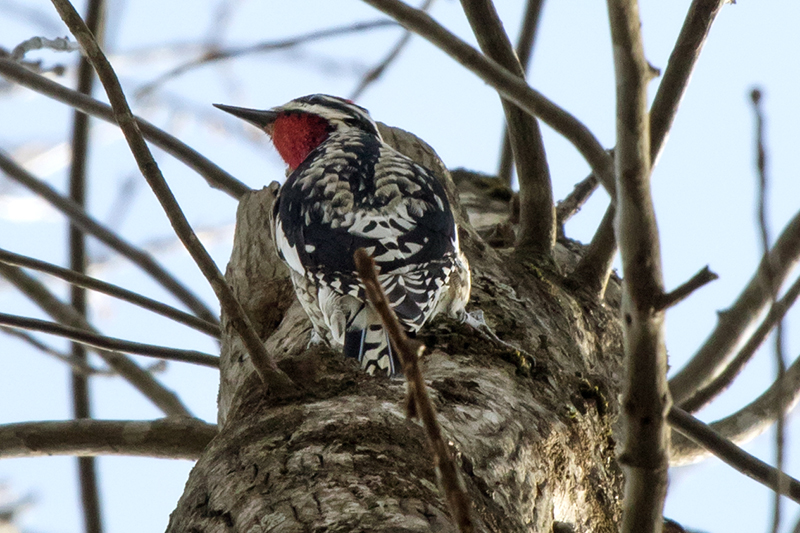
Male sapsuckers are the only woodpeckers seen at Monticello who have both a black-and-white face and a red throat.
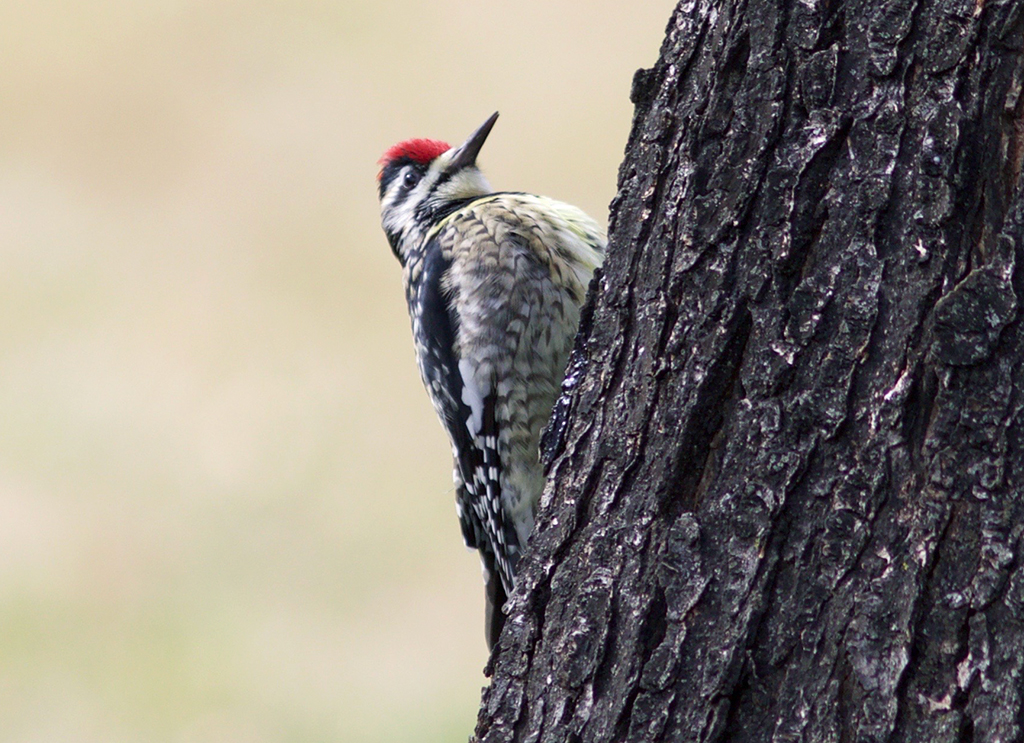
Females look like males, but have a white throat. As with the males, adult females look the same all year.
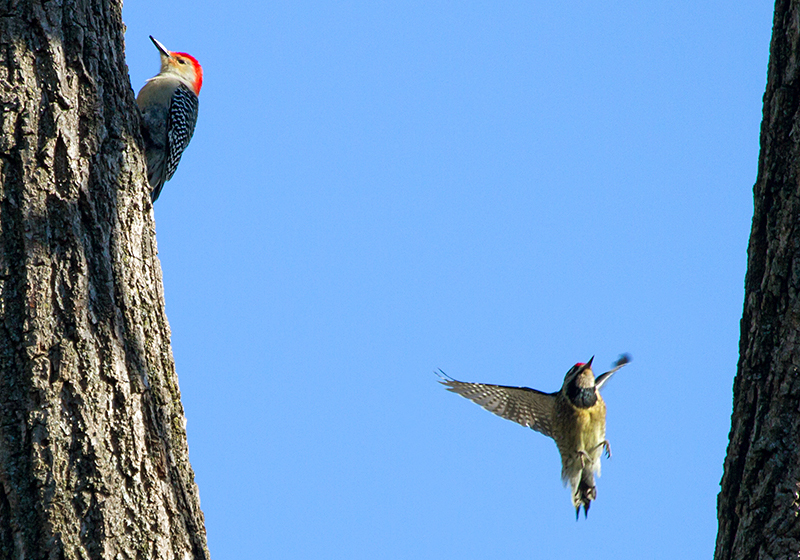
Yellow-bellied Sapsuckers have a yellow belly which you seldom see, because it is usually up against a tree. It becomes visible if you see the underside of a flying bird.
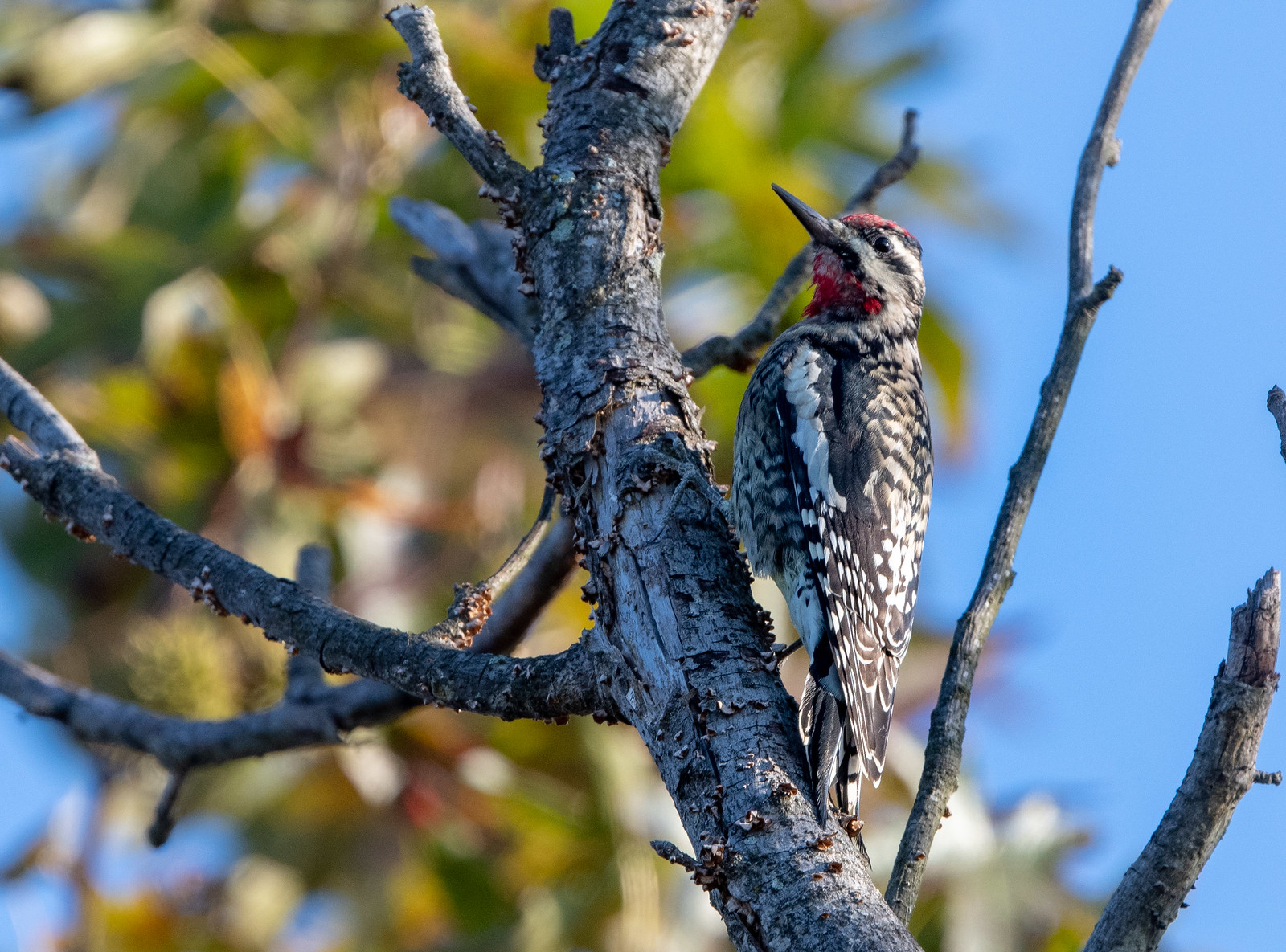
Yellow-bellied Sapsuckers have a thick white vertical stripe on their wing, which can be a good fieldmark if you see a black-and-white woodpecker on a distant tree.
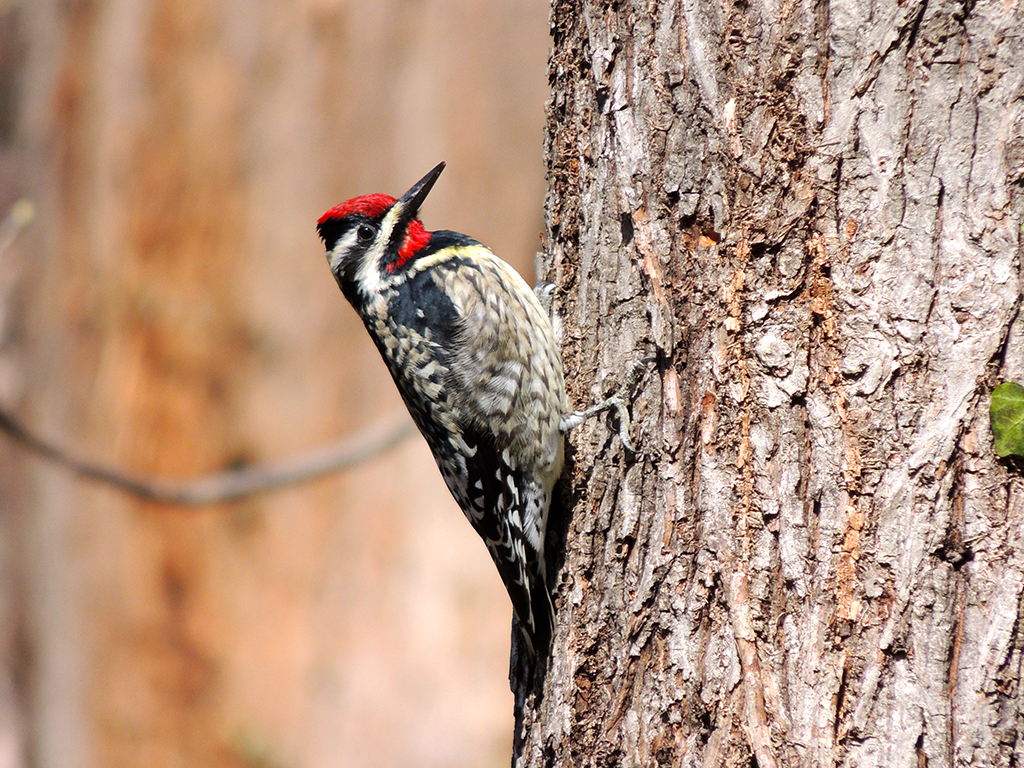
However, the vertical stripe is not always visible.
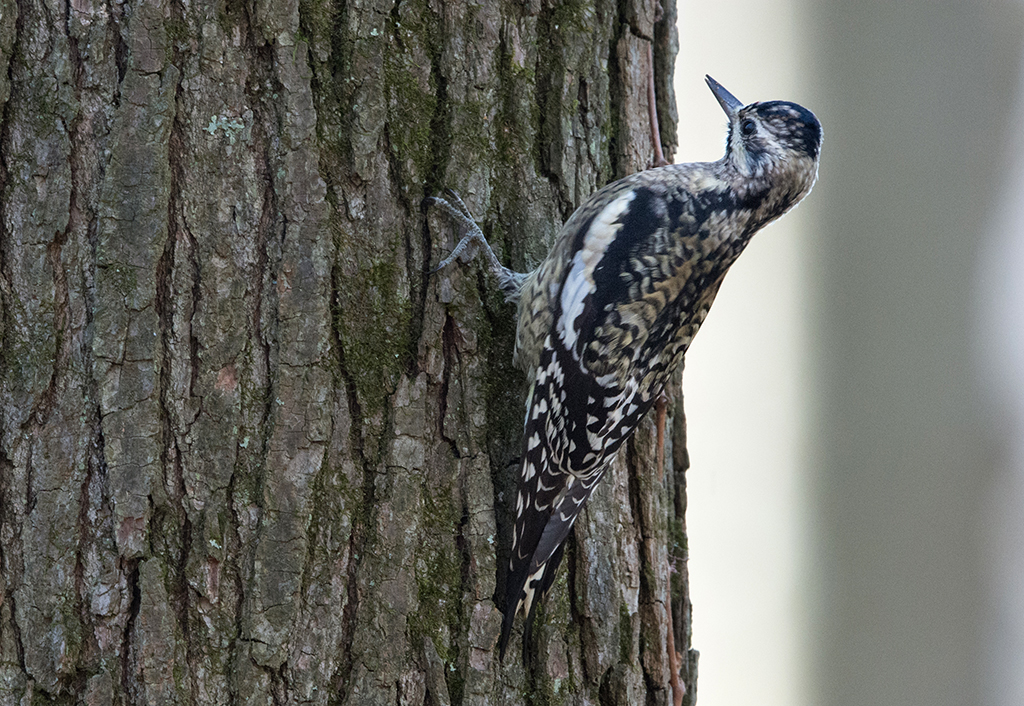
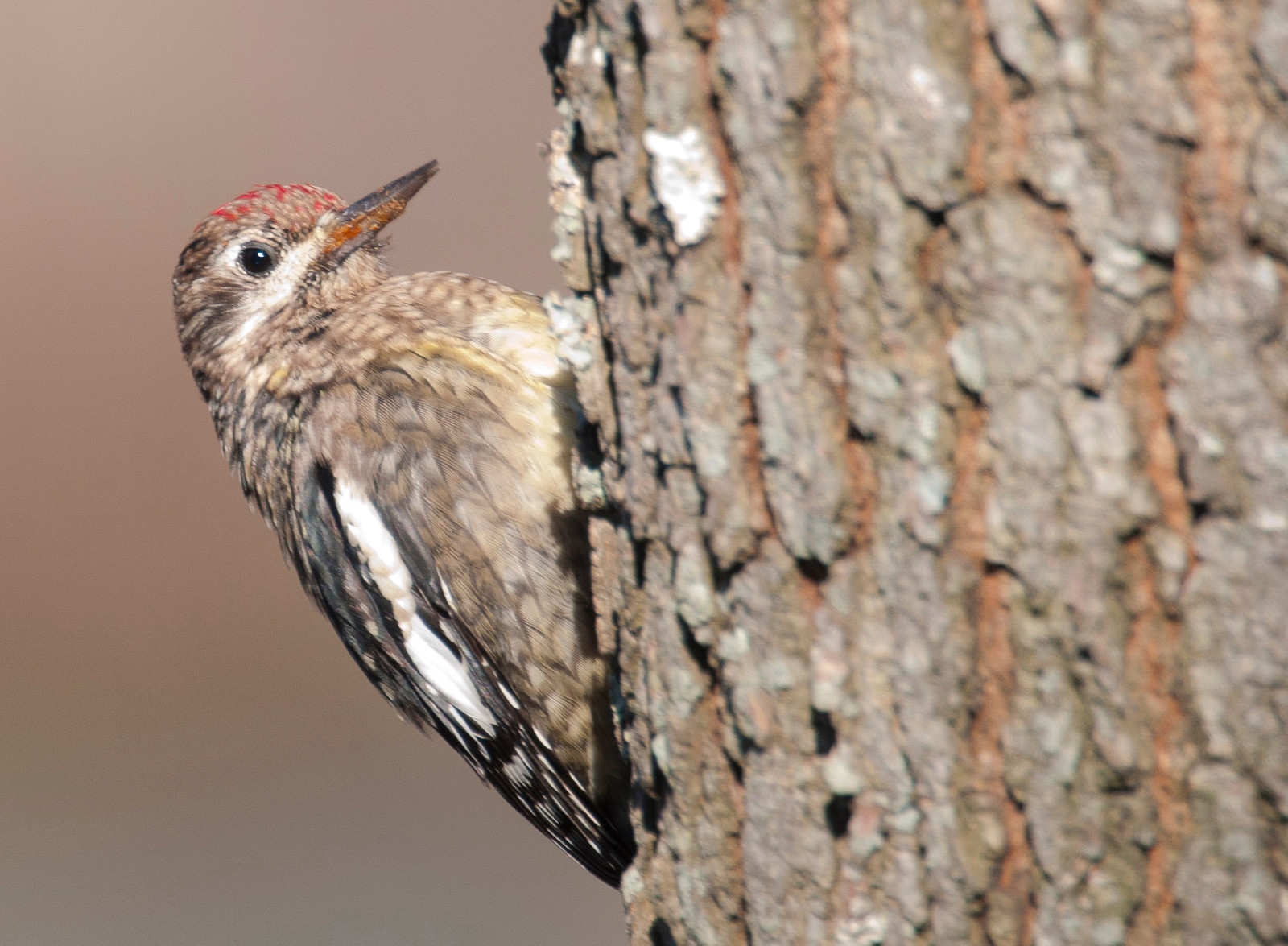
Immature Yellow-bellied Sapsuckers look mottled, and have little or no red on their crown. The vertical stripe on the wing is an important fieldmark.
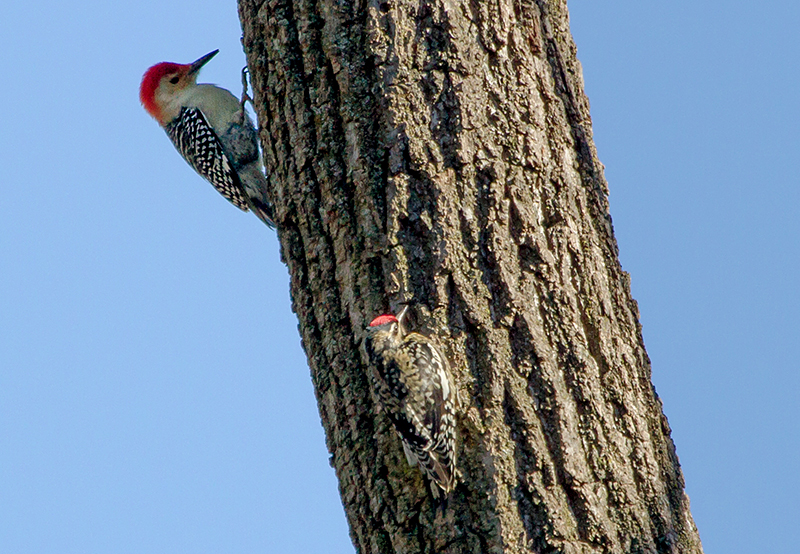
The mossy-looking pattern on the back helps sapsuckers to visually blend into bark better than other woodpeckers (and can make them more difficult for birders to spot).

Sapsucker drill lines of holes in trees so that they can suck sap and eat insects attracted to the sap.
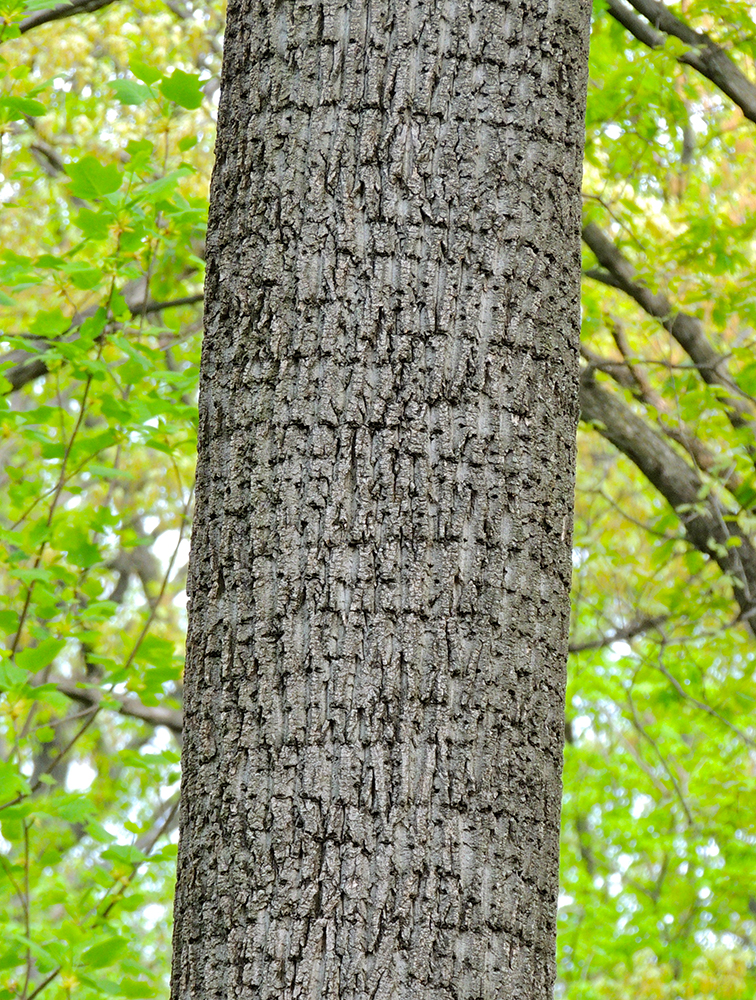
A tall Tulip Poplar (Liriodendron tulipifera) on the ridge at Monticello has been a favorite tree for sapsuckers. It has horizontal rows of holes running almost its entire length.
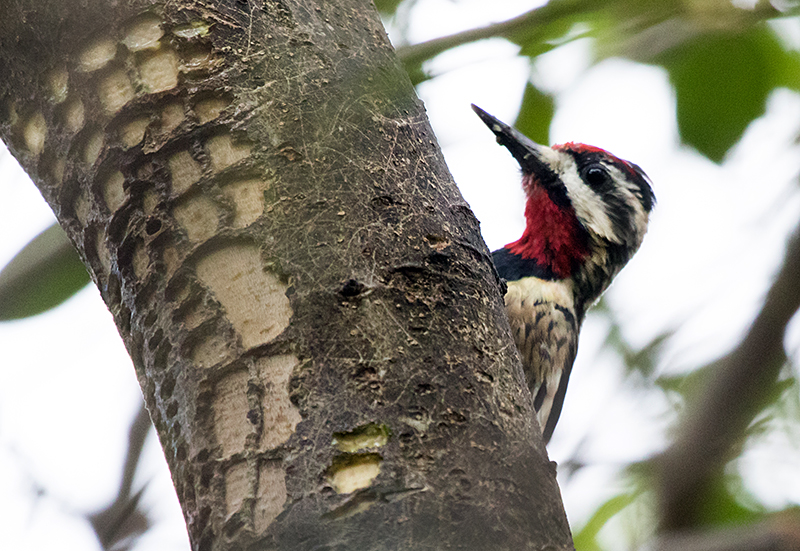

When sapsuckers make sap wells in trees, some insects and other bird species are attracted to the sap.
Vocalizations
The call of the Yellow-bellied Sapsucker is a loud nasal neeaahhh, and the single note is sometimes prolonged. The drumming pattern is even.
Hear the vocalizations and sounds of the Yellow-bellied Sapsucker.
Notes
Many non-birders think that the bird called the Yellow-bellied Sapsucker was made up by comics to get a laugh. A lot of people do not laugh at the damage sapsuckers do to trees, killing many by girdling them with sap holes. The greatest amount of damage is done to birch trees.
Origin of Names
Common Names: Yellow-bellied from the lemony wash on their underparts. Sapsucker because they suck sap from holes they drill in trees.
Genus Name: Sphyrapicus from the Greek sphyra for hammer and the Latin picus for woodpecker.
Species Name: Varius means diverse, from the patterning of their plumage.
Yellow-bellied Sapsucker video footage
Return to the Index
